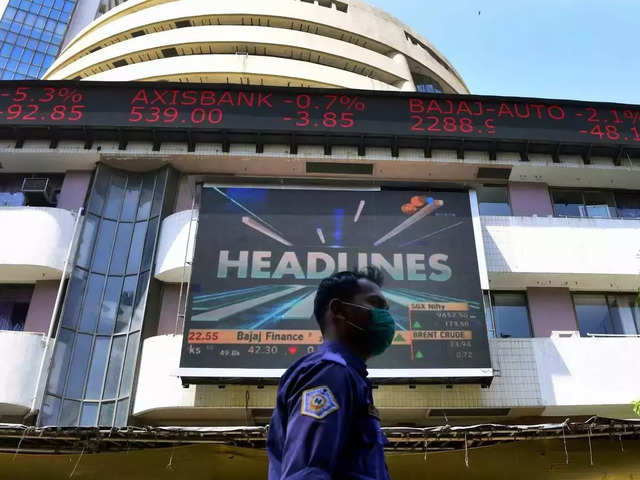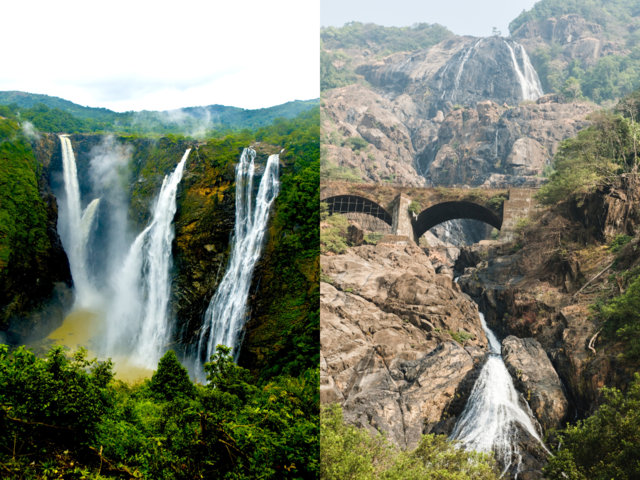
Agnello Dias-Creative Chairman, DAN and Co-Founder & Chief Creative Officer, Taproot DentsuDAN
Agnello Dias - Creative Chairman, DAN and Co-Founder & Chief Creative Officer, Taproot Dentsu summarises how digital e...
Dec 27, 2019, 10:27 IST
ad-agencies
The more we change...
Dec 27, 2019, 10:27 IST
Agnello Dias - Creative Chairman, DAN and Co-Founder & Chief Creative Officer, Taproot Dentsu summarises how digital e...
- We bring to you a series of columns from industry experts, looking back at the last 10 years
- The columns will explore how the media, marketing and advertising industry has transformed in the last decade
- Agnello Dias - Creative Chairman, DAN and Co-Founder & Chief Creative Officer, Taproot Dentsu summarises how digital entered swiftly without knocking and took a front seat across sectors, and how it has affected creativity in the past 10 years.
Around 2010, there was a supposedly humorous one-liner doing the rounds of advertising’s creative departments.
Digital is the future and it always will be, it said.
It was a sardonic take on the then digital bubble and was usually accompanied by sniggers and black coffee followed by a fidgety moment of silence as everyone pondered fleetingly on how long it would stay true.
Today, it’s clearly not so funny anymore. Because we’re suddenly jostling for room inside the elephant. Digital has entered swiftly without knocking and taken a front seat. And now we have online campaigns to sell our mainstream campaigns. In other words, advertising to sell advertising that sells an idea that sells a brand which eventually sells a product.
So campaigns can no longer merely be popular, they also need to go viral. Which means, the first thing consumers need to do after they like an ad is not buy the product, but share the ad. And at a price we can even share it for them. Over and above this, if there’s an actual sale, that’s a bonus.
How does this affect creativity in the business of mass communication? Embryonically, to my mind.
Let me explain. Firstly, rather than turn this piece into a listicle of what was vs. what is, let’s benchmark it against the other great upheaval in advertising that I witnessed early on in my career. Print to film.
And here are some of the biggest differences in the two transitions.
For starters, the body language of the two newcomers is completely different. Film got naturally positioned as an ally, a new tool, an exciting possibility. Digital has somehow got itself positioned as a challenger, a threat, a foe.
Film rippled through advertising creative departments like a soft wave across a calm beach. Gently. Refreshingly. Unthreateningly. Digital on the other hand, is an angry tide crashing into the rocks of traditional advertising. Confrontational by birth.
Traditional advertising embraced television in a warm bear hug and set about educating and nurturing its own creative talent for this new expression. Not surprisingly, film thinking blossomed and grew from WITHIN the traditional advertising structure into a new branch of the same tree. There was no external industry called the film advertising industry.
Digital on the other hand, got positioned as an outsider that was seen by traditional advertising as an upstart. A foreign intruder that would rob advertising rather than enrich it the way television did.
Obviously, the energy flow was reversed. So instead creators learning about new tech, we have new tech learning to be creative. As a result, we have practitioners who tend to be more intelligent than creative. Sharper, clearer and more aware, yes… but also increasingly non-lateral.
We understand marketing, we get sales and distribution, we know fragmentation and big data and we tick every box on the list.
But there’s no soul. No not-knowing where we’re going to end up when we start thinking creative. The scary chaotic turmoil inside a creative mind as it scrambled for an opening that was both delightful and lateral is now replaced by a neat cerebral algorithm that works by deduction to arrive at a solution, rather than invent it.
Indeed, we’re increasingly exchanging the possibilities of soul for the definitiveness of the mind. And as a result, in a world that chases value in everything, we have forgotten the power of nothing.
Imagine for a moment, if we logged on to nothing. If our smileys were real smiles. If we shared a warm meal instead of a photograph. And simply laughed out loud instead of typing three capital letters.
Feels odd? That’s because we live in an age of mobile phones and immobile emotions. We know a lot but understand very little. We say a lot but mean very little.
Our bear hugs have become pokes. Our greetings have become jokes. And our feelings are now available as emoticons.
Is this what technology is meant to do? Slot us in neat little touch screen boxes stacked next to one another? It can’t be. It shouldn’t be.
Am I saying the internet is bad for us? Of course not. The internet is good and we must use it. But we cannot end up letting it use us.
Which is why we cannot afford to lose the ability to log in to real.
To touch. And smell. And feel.
To taste the air. Or run our fingers through a loved one’s hair.
Or look closely at a mother’s hands. Every wrinkle, every fold, every gnarl in every knuckle. Or tickle a child as she crumbles helplessly in laughter. Or smell a dish before we have it. Or hear a page rustle when we turn it.
These are senses that make us human. And right now they’re endangered. The sooner we realise it, the better it is for all of us.
Because the simple truth is, we were human beings first and internet users later. And that’s not going to change in the coming decade.
Like it never has in the last.
- By Agnello Dias - Creative Chairman, DAN and Co-Founder & Chief Creative Officer, Taproot Dentsu
INSIDER INTELLIGENCE REPORTS







